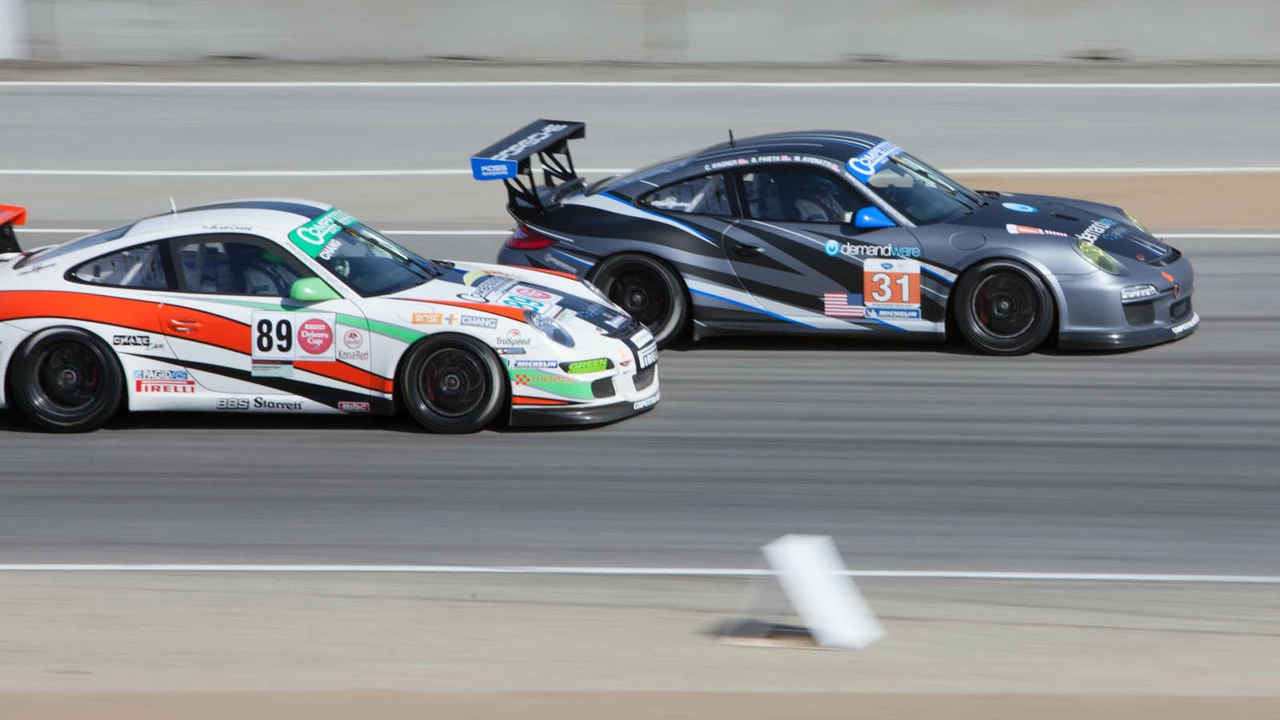Types of Motorsport: A Quick Guide to Every Racing Category
If you’ve ever wondered why some races roar on asphalt circuits while others blast through forest trails, the answer lies in the many types of motorsport out there. Each category brings its own set of rules, cars, and thrills. Below is a no‑fluff rundown that helps you spot the differences and decide which one fits your interest.
Open‑Wheel Racing – The Formula World
Open‑wheel series, led by Formula 1, feature cars with exposed wheels and ultra‑light chassis. They’re the pinnacle of speed, aerodynamics, and technology. If you love watching drivers battle G‑forces at 200 mph, F1 is the gold standard. IndyCar is another open‑wheel league, but it mixes ovals, road courses, and street circuits. While F1 leans heavily on global glamour, IndyCar emphasizes raw power on faster, sometimes banked ovals.
Touring & GT Racing – Street‑Ready Speed
Touring cars look a lot like the sedans you see on city streets, only heavily modified for track duty. Series like the BTCC or the World Touring Car Cup put manufacturers’ everyday models under the microscope. GT (Gran Turismo) racing, on the other hand, showcases supercars such as the Porsche 911 or Ferrari 488. Both categories are great entry points for fans who want to see recognizable cars push limits without the ultra‑exotic tech of open‑wheel rigs.
Rally racing throws the rule book out the window by moving the action off‑road. Drivers race through gravel, snow, and forest stages while co‑drivers call out pace notes. The mix of unpredictable terrain and split‑second decision‑making makes rally one of the most demanding motorsport types. If you’ve ever tried carving a corner on a wet road, imagine doing it at 100 km/h while the surface changes every few seconds.
Endurance events test stamina as much as speed. Races like the 24 Hours of Le Mans or the Daytona 24-hour run for days, with teams rotating drivers. Success hinges on reliability, fuel strategy, and keeping the car in the green flag zone for as long as possible. It’s a marathon, not a sprint, and watching a pit crew’s choreography is as exciting as the on‑track duels.
Drag racing strips the competition down to a straight line. Two cars line up, light the tree, and sprint for a quarter‑mile. It’s all about reaction time, power, and traction. For fans who love the sound of screaming engines and instant acceleration, drag offers the quickest payoff.
Motorsport isn’t limited to four wheels. Moto racing, from MotoGP to superbike conversions, adds a two‑wheel twist. Converting a production bike into a race‑ready superbike involves swapping exhausts, upgrading suspension, and trimming weight. If you’ve ever dreamed of feeling the wind in your face at 180 mph on a bike, this is the path.
Street racing, while illegal and dangerous, still surfaces in home‑grown footage and gaming culture. It’s a raw, unregulated form that often ignores safety rules. If you’re curious, remember it’s illegal and risky – safety should always come first.
Each motorsport type delivers a unique flavor of excitement. Open‑wheel thrills with sheer speed, touring brings relatable cars, rally offers off‑road chaos, endurance tests patience, drag delivers pure power, and two‑wheel racing adds a different balance challenge. Pick a category that matches your taste, watch a race or two, and you’ll quickly see why fans can’t get enough of the racing world.
